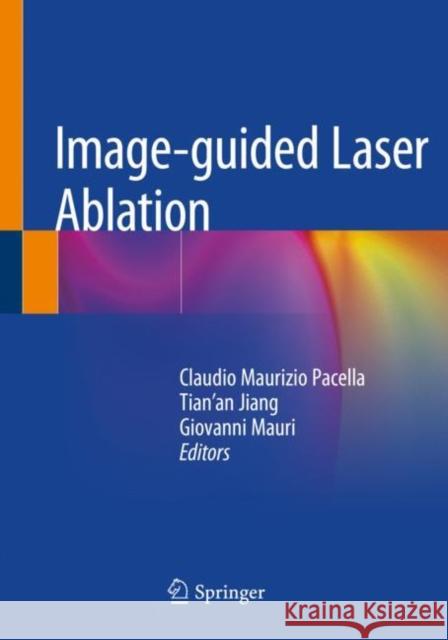topmenu
Wyniki wyszukiwania:
wyszukanych pozycji: 3
 |
Thyroid Radiofrequency Ablation: A Comprehensive Guide
ISBN: 9783031652905 / Angielski Termin realizacji zamówienia: ok. 22 dni roboczych. |
cena:
401,58 |
 |
Image-Guided Laser Ablation
ISBN: 9783030217501 / Angielski / Miękka / 2020 / 160 str. Termin realizacji zamówienia: ok. 22 dni roboczych. |
cena:
240,93 |
 |
Thyroid Radiofrequency Ablation: A Comprehensive Guide
ISBN: 9783031652875 / Angielski Termin realizacji zamówienia: ok. 22 dni roboczych. |
cena:
562,23 |










